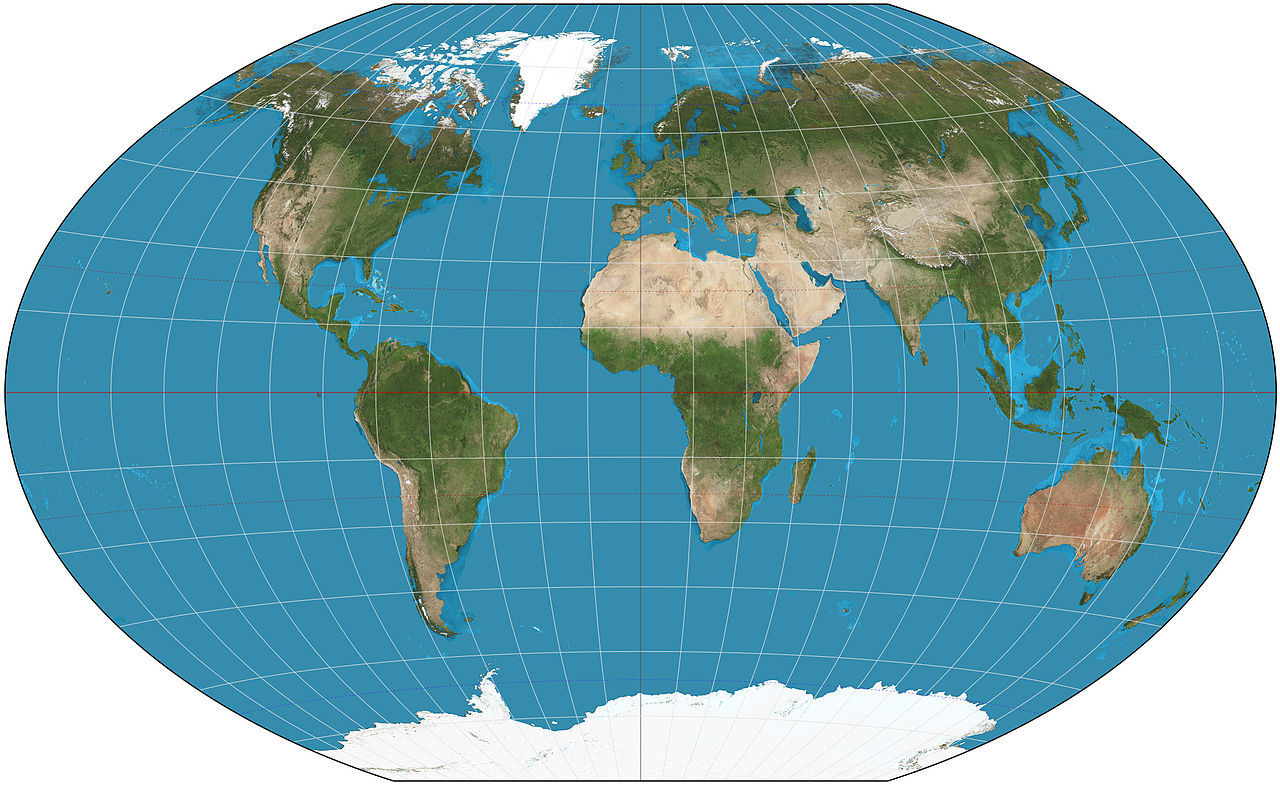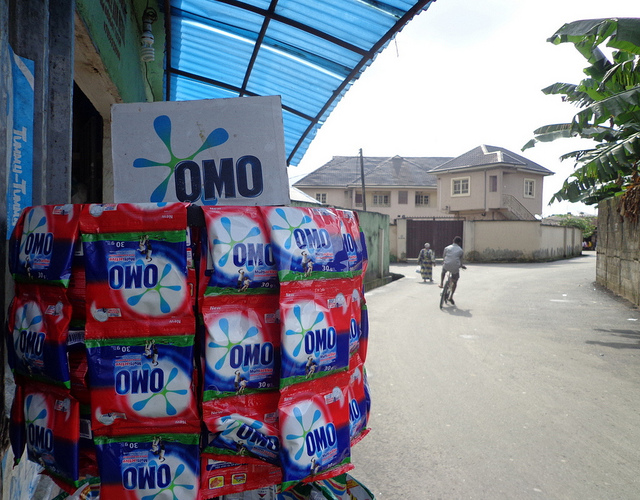Chapter 13: Harnessing the Engine of Global Innovation

Wikimedia Commons – CC BY-SA 3.0.
What’s in It for Me?
- What is the role of research and development (R&D) in innovation?
- How are intellectual property rights treated around the globe?
- Where in the world should R&D be located?
- How are businesses accelerating their innovation efforts?
- What is innovation for the bottom of the pyramid?
This chapter introduces you to the R&D function and innovation in international business. First, you’ll look at R&D and its importance to corporations (Section 13.1 “An Introduction to Research and Development (R&D)”) and then move on to consider intellectual property rights around the world (Section 13.2 “Intellectual Property Rights around the Globe”). Section 13.3 “How to Organize and Where to Locate Research and Development Activities” examines how to organize the international R&D function and where to locate R&D activities. Communications and other technologies are flattening the world in regard to innovation, enabling innovation activities to be located anywhere, while the absence of legal property-rights protections in some areas work against this flattener. Section 13.4 “Increasing Speed and Effectiveness of International Innovation” discusses the activities associated with managing innovation and running international R&D to increase the speed and effectivness with which a firm can innovate. You’ll learn how the developments enabled by the Internet, such as open innovation, are bringing new innovation opportunities while at the same time making innovation imperative. Section 13.5 “Innovation for the Bottom of the Pyramid” describes innovating for the needs of all the world’s consumers, not just the wealthiest ones. Innovation in emerging markets is also depicted in the opening case study on Unilever.
Opening Case: A Tale of Emerging Market-Based Innovation
For most companies, the traditional route to global business is through the export of the products they have developed and manufactured for their home markets. But most of the products sold in developed countries are much too expensive for emerging markets, where most of the people make less than $1,500 per year.[1] Simply exporting products designed for the United States, Western Europe, or Japan doesn’t work well. Nor does simply lowering the price of products, because lower prices mean both lower margins and increased risks of cannibalizing the profits of higher-priced brands.
Moreover, emerging markets, such as Brazil, Russia, India, and China (also collectively known as the BRIC countries), don’t have the same needs or capabilities as those found in developed economies. For instance, disposable income levels are relatively low, the availability of basic utilities like water or electricity can be varied, and transportation and transportation infrastructure can be nonexistent. While these emerging economies are attractive by virtue of their massive size, their different needs and capabilities pose unique challenges that are often overcome only through corporate innovation. Let’s look at a case in point—Unilever in Brazil.
Unilever in Brazil

Adedotun Ajibade – omo – CC BY-NC 2.0.
Among consumer packaged-goods (CPG) companies, Unilever and Procter & Gamble (P&G) often trade punches for customers in the world’s emerging markets. Take their efforts in trying to market powdered laundry detergent (sometimes referred to as “washing powders”) to the tens of millions of poorer consumers in Brazil. A decade ago, Unilever and P&G held significantly different market shares than they do today. Unilever held an 81 percent market share in the powered detergent sector while P&G was a late entrant in the market and was a distant second behind Unilever. P&G, however, was known for its strong R&D unit and extensive marketing experience worldwide; thus it posed a potential threat to Unilever (Chandon, 2006).
Laercio Cardoso, head of Unilever’s Home Care division in Brazil, knew he had to take action to respond to P&G’s imminent threat. The solution, as he saw it, was to develop a product targeting the lower end of the market. But Cardoso faced opposition from his own colleagues at Unilever, because they ascribed Unilever’s prior success to its premium-quality products. They also argued that any successful move into the low-end market would have to draw demand from Brazil’s low-income consumers living in its vast favelas (slums). Over the years, both in Brazil and elsewhere, Unilever had learned that the attitudes and behaviors of this segment of consumers were very different from what Unilever was used to in the more high-end markets.
For example, Unilever knew that low-end consumers in Brazil didn’t own washing machines. Instead, mothers washed the family’s clothing by hand in the river. Regardless of whether the family lived in a city or rural area, the river was the place where mothers gathered to wash the clothes. What’s more, the women shopped at local mom-and-pop stores, not big central shopping centers. To succeed in this new market, therefore, Unilever would have to design a soap that was effective for washing clothes by hand and that could be easily transported to the local mom-and-pop shops.
Drawing on its experience in India, Unilever launched Ala, a brand of detergent created specifically to meet the needs of low-income consumers.[2] The product is designed to work well for laundry washed by hand in river water. It’s affordable and effective—and it is sold in small sizes to make it easy to transport and stock in a local store. The technique of small-portion packaging is called “sachet marketing,” originating from powered soaps and shampoos sold in sachets in India for two to four cents each.
Opening Case Exercises
(AACSB: Ethical Reasoning, Multiculturalism, Reflective Thinking, Analytical Skills)
- View the YouTube video on Unilever’s Ala in Brazil (http://www.youtube.com/watch?v=WhmYtfL6s_8). Given that Unilever is viewed as being highly innovative in Brazil, does the video confirm this reputation? Why or why not?
- Do you think that small, entrepreneurial ventures could be as effectively innovative as an enormous firm like P&G in emerging markets?
- Visit Trendwatching.com’s web page on “Sachet Marketing” at http://trendwatching.com/trends/sachet_marketing.htm. Why might the concept of a sachet be relevant in international business beyond soap or laundry detergent?
References
Chandon, P., “Unilever in Brazil: Marketing Strategies for Low-Income Countries,” November 28, 2006, accessed December 19, 2010, http://estrategiasynegocios.wordpress.com/2006/11/28/case-study-unilever-in-brazil-marketing-strategies-for-low-income-countries.
- “Sachet Marketing,” Trend Watching, accessed May 16, 2010, http://trendwatching.com/trends/sachet_marketing.htm. ↵
- “Sachet Marketing,” Trend Watching, accessed May 16, 2010, http://trendwatching.com/trends/SACHET_MARKETING.htm. ↵

